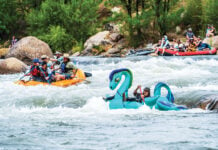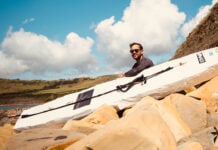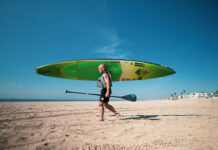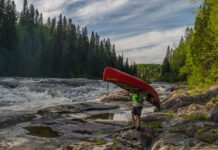Mike McKay has been one of whitewater’s best-known filmmakers since his 2010 release of Currents, a 20-part conservation-themed series profiling whitewater communities around the world. Since then, McKay has made more than 50 whitewater films, including an in-depth rescue skills series and his recent three-part Chaos Theory, juxtaposing skillfully shot artistry—music, dance, painting—with class V whitewater scenes.
McKay and his production company, Five2Nine, is regularly shortlisted and awarded at outdoor film festivals. He’s a fixture of Rapid Media’s annual Paddling Film Festival. We caught up with McKay after his recent decision to quit his day job—a 14-year career in finance—to pursue filmmaking full time.
4 questions for filmmaker Mike McKay
1 What inspires your filmmaking?
It all started with a kayak porn video called Just Like You Imagined. After that went well, I started wondering what I could do if I made something that really mattered. I had the idea of going to all these different places and telling the story of each whitewater location and how it involved the community—it was very conservation-based.
I thought kayak porn was fun to do, but that it would be really cool to use this skill set to make a difference. That was really how Currents was born. I wasn’t a conservationist when I set out to do this, I was just striving for a better form of content.
2 How have you grown as a filmmaker?
From the beginning, I think I had a knack for storytelling, but my technical skills weren’t there—that grew with every single episode. By the end of the Currents series I was getting pretty stoked on where things were. I’ve come a long way in terms of how I tell stories too.
With my newest film, Botella, I didn’t want to just have talking heads discussing the issue of garbage on the Alseseca, so I followed a bottle down the river to tell the story.
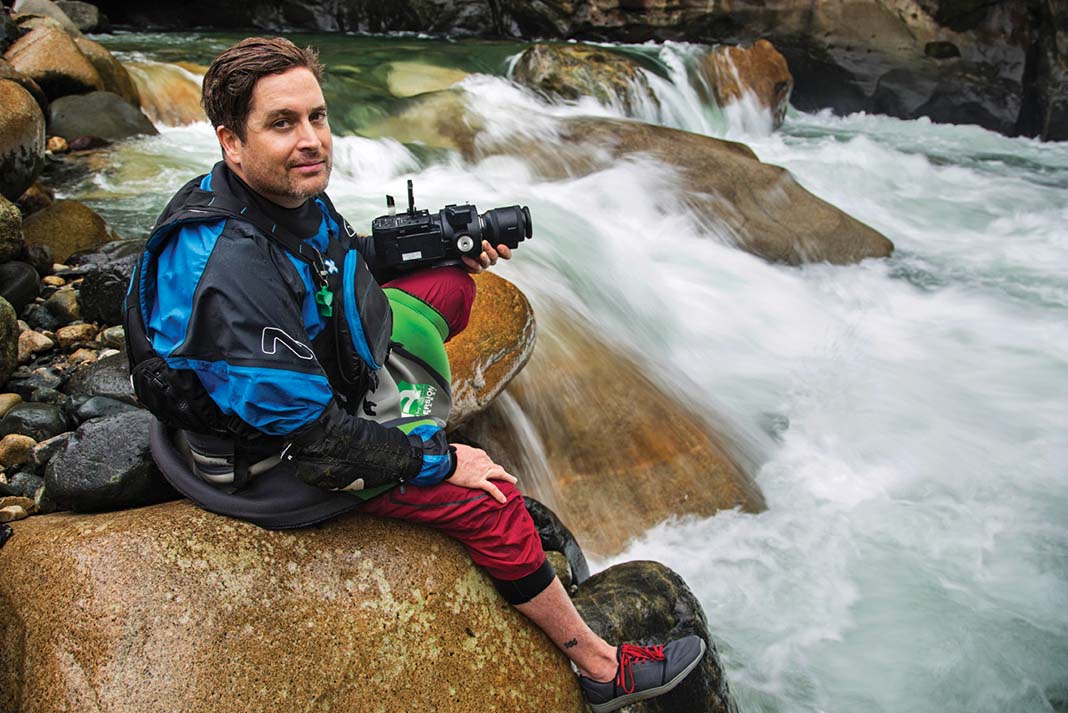
3 Why did you quit your day job?
I wasn’t going to bed at night thinking “wow, that really helped.” I used to feel like I was making a difference for people, and when I stopped feeling that way about my job it really bothered me.
On the other hand, when I went out to communities where there was a dam being constructed on a river or a pollution problem, and I could do something that really mattered, it felt good. I was getting pissed off about the fact that there were all these great places I might not get to visit in my lifetime because those rivers might not be there any more.
4 What’s your advice for those looking to quit their day job?
You need to wake up in the morning and know that you’re not going to make any money but go out and do something anyways. A lot of professionals won’t leave their house unless they’re making a certain amount, but sacrifices are important at first.
Pay comes in many different forms. You can do a cool project and not make much money, but somebody who’s going to pay you a lot for another job really likes it. A project that doesn’t pay might be the one that defines you and gets you all kinds of gigs.
Also, you have to go all in. You have to come home from your nine-to- five job and work until midnight—as I was working towards this, it was really like having two full-time jobs.
Goodbye, nine-to-five. | Feature photo: Dylan Page


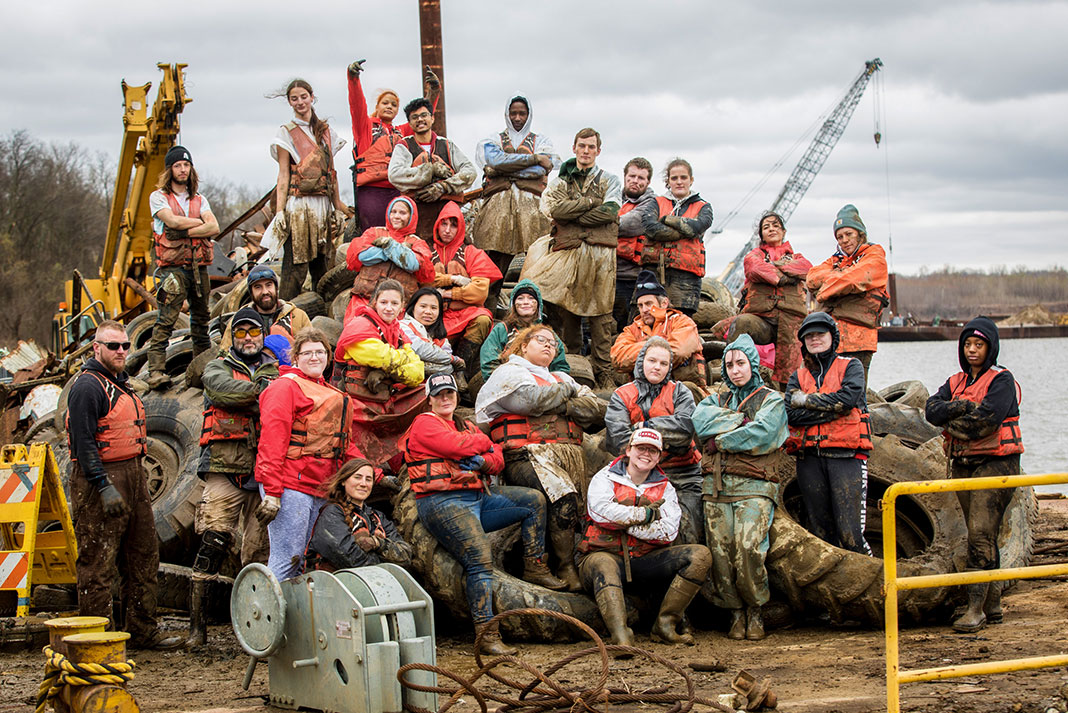
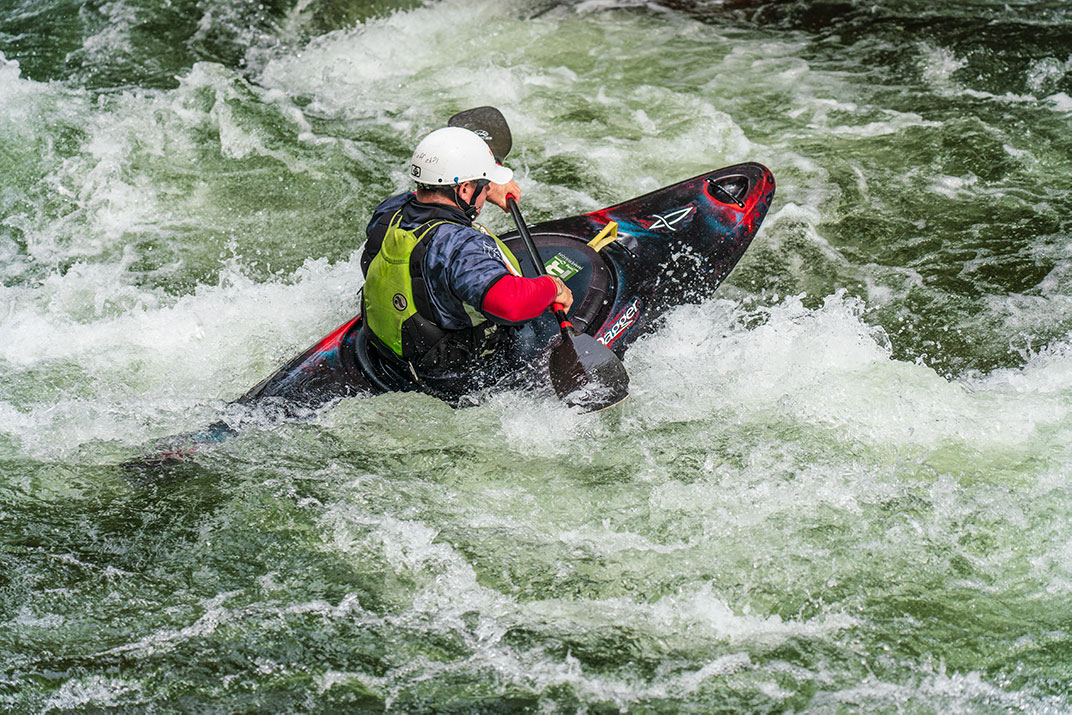
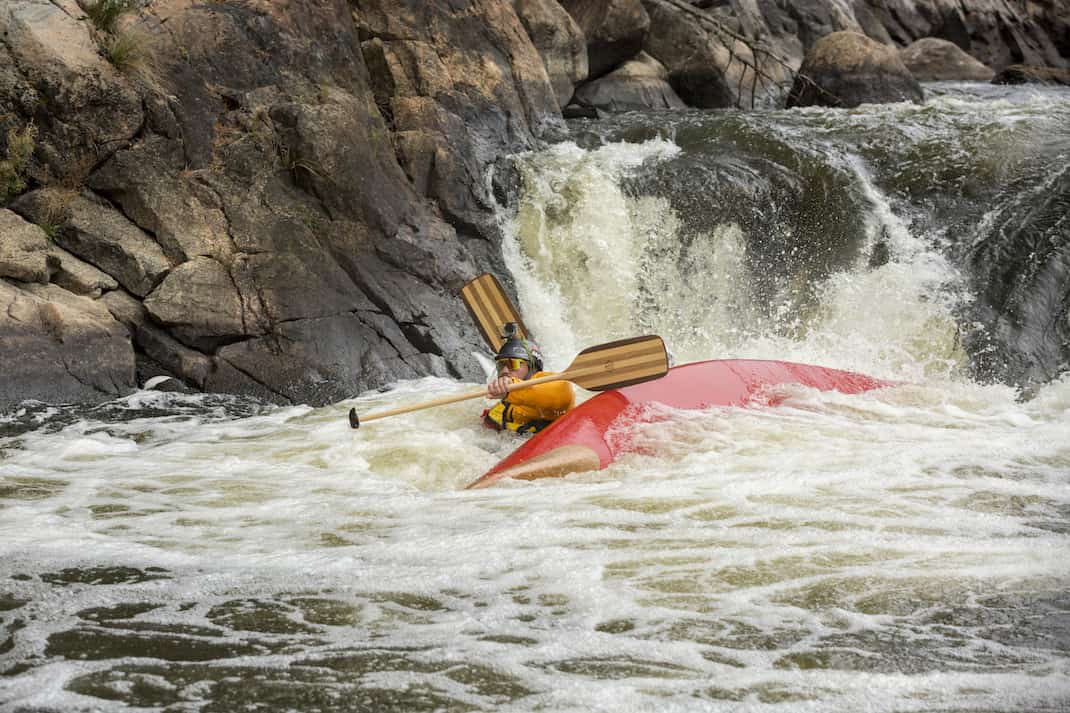
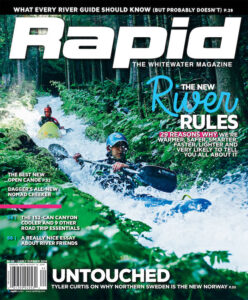 This article was first published in the Early Summer 2016 issue of Rapid Magazine.
This article was first published in the Early Summer 2016 issue of Rapid Magazine. 
